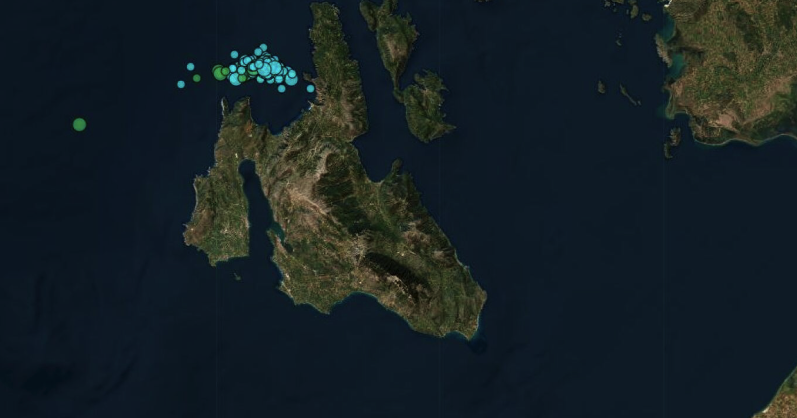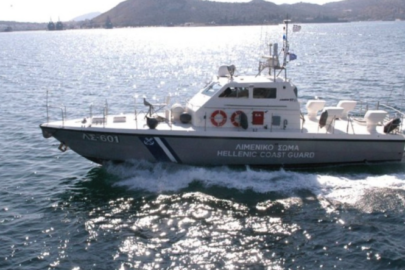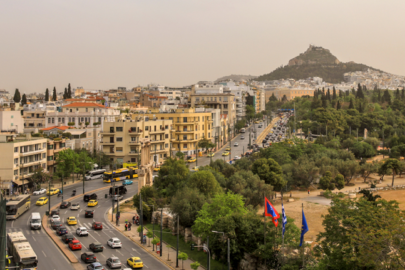Clarifications on the continuous earthquakes in Kefalonia were given by the director of the Geodynamic Institute, Akis Tselentis, in a post, referring to a “very intense microseismic action north of Assos”.
In his post, Tselentis presents the fault affected by these tremors, explaining that “it is not related to the large fault that runs parallel to Paliki (which gave us the great Lixouri earthquake)”.
As he continues “this fault continues NE passing by the western coast of Lefkada (red on the map)”.
According to Akis Tselendis “the phenomenon will continue for several days, due to the small focal depth these earthquakes will be quite noticeable.
3️⃣3️⃣ 🟢 Σεισμός M 3.3, 04/03 03:21, βάθος 14 χλμ, 23 χλμ ΒΔ από Κεφαλονιά.
Τελική Λύση, Γ.Ι./ΕΑΑ.#σεισμος #seismos pic.twitter.com/OiUHUd9eOw
— EQGR (@eqgr) March 4, 2024
We are watching it to see if there is a shift of the microseismic action towards the large fault zone I mentioned before.
The post from Akis Tselentis:
In the last 24 hours we have been observing a very intense microseismic action North of Assos in a NW-SE direction (green on the map). It is not related to the large fault that runs parallel to Paliki (which gave us the large Lixouri earthquake). This fault continues NE passing by the western coast of Lefkada (red on the map).
The phenomenon will continue for several days, due to the small focal depth these earthquakes will be quite noticeable. We are watching it to see if there is a shift of the microseismic action towards the large fault zone I mentioned before.
The latest earthquakes in Kefalonia
In the last hours before dawn on Monday, seismographs recorded several small earthquakes with the largest being this one of magnitude 3.3 that occurred at 3:21 am.
“The seismic activity in Kefalonia started on February 27 but intensified today,” seismologist and Research Director of the Geodynamic Institute Gerasimos Papadopoulos told ERT.
Copernicus: The winter of 2023-2024 was the warmest ever in Greece – meteo maps
Today it reached 3.5 Richter which is the biggest earthquake so far, Papadopoulos said and continued: “We are monitoring the evolving seismic activity. There are two possibilities in such cases that we are looking at.”
“One could be what we call a ‘cluster’, that is, relatively small magnitudes that are about the same as each other 3.5, 3.4, 3.3 Richter, as is the current case, and the second, the more dangerous one, could be foreshocks.
I am not in favour of the second view,” he added.
Recalled that after the successive tremors, in a communication of protothema.gr with Professor and President of the OASP, Efthymios Lekkas, the latter said: “The seismic sequence is normal. “We are not worried.



































